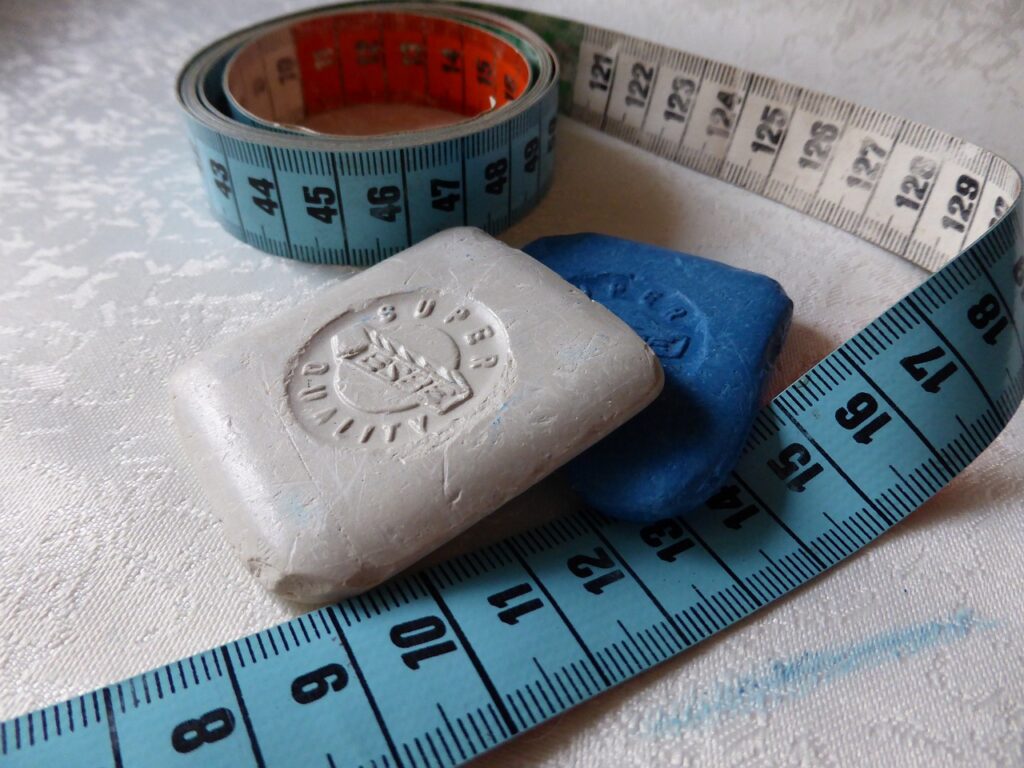
Begin with a bang: What do you need for a successful launch campaign?
Launch campaigns can be daunting. You only get one chance to make a first impression and there are so many different directions you could go in, making it seemingly impossible to settle on a final idea. The most important thing to do is give your team the time to explore a number of launch campaign […]




